Indian Cities are Difficult to Love!
![]()
Some of the world's cities charm the visitor at first sight. In contrast, Indian cities often offer first sights and early impressions that are not so charming. One must build a relationship with Indian cities more slowly, adding a bit of understanding and a willingness to give up Western notions!
For example, Kerala, in addition to offering some of the most lush, verdant, varied, diverse, dramatic and lovely landscapes, offered richly urban cities in a range of sizes for us to research! Our visits to these cities (progressively, Kochi and Ernakulum, tiny Munnar, friendly Kollam and political Trivandrum) enabled us to consider their People Friendliness as we walked or rode through the streets in the back of an auto rickshaw.
Our studies continued as we visited colonial Mysore and booming Bangalore in Karnataka and small town Bhubaneswar in Orissa. Delhi, we'd place in a class by itself.
As we considered these Indian cities in light of our Principles of People Friendly Cities, we soon came to realize how inadequate our very Western notions about cities really were. To our eyes, the "distinctive, charming, appealing buildings of distinguished design that create a strong sense of place" criteria was limited to the mostly Raj-era special buildings of universities or government, and occasionally a newer commercial building.

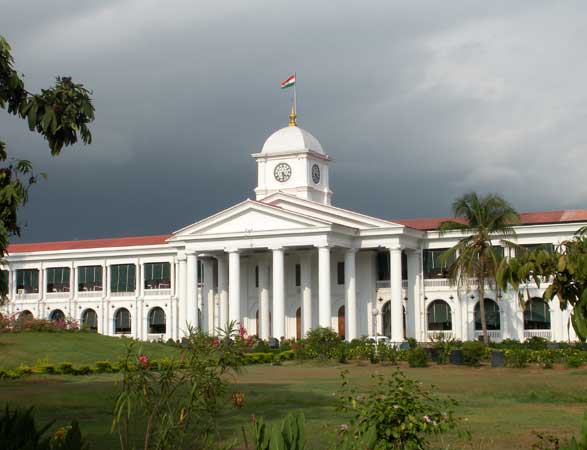


Most everywhere else, we observed a level of civic neglect: which left building walls pealing and stained, uncleaned and unpainted for years, vacant lots and odd corners filled with trash (waste bins are never available), posters stuck on any flat surface or pealing off, shop signs rusted and faded, a level of general dilapidation, griminess and rust over everything. All of this grime and dirt, the lack of visual charm, the sense that people don't care about their place, reduces the pleasantness of urban life. Pleasing and efficient physical form is mostly absent here.

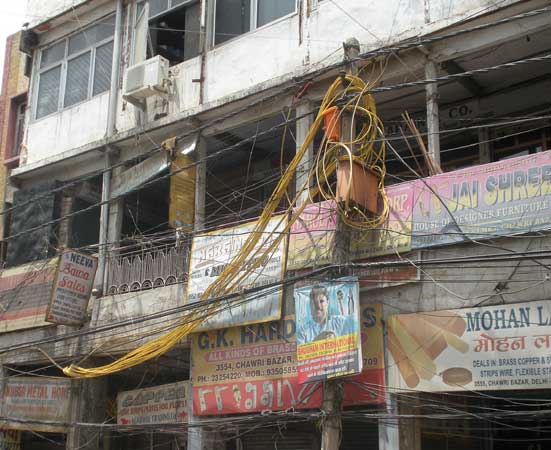
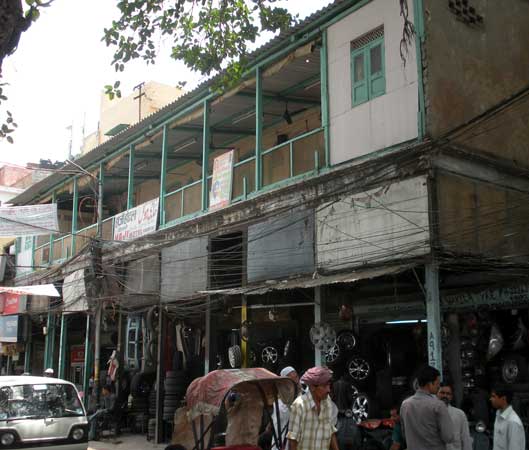
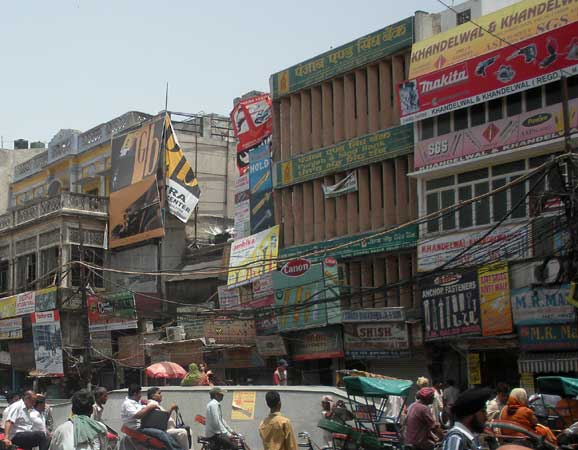
On the other hand, "a wide range of housing choices, including a diversity of affordable options" were certainly offered! As to "reduced water and energy use, and minimized emissions of air pollutants and climate changing gases through green building methods and materials" we had to agree that "not applicable" was the only reasonable response. As to "infrastructure to prevent water pollution, reduce solid waste, enable use of energy from renewable sources, and permit water reuse" no inkling existed at all.
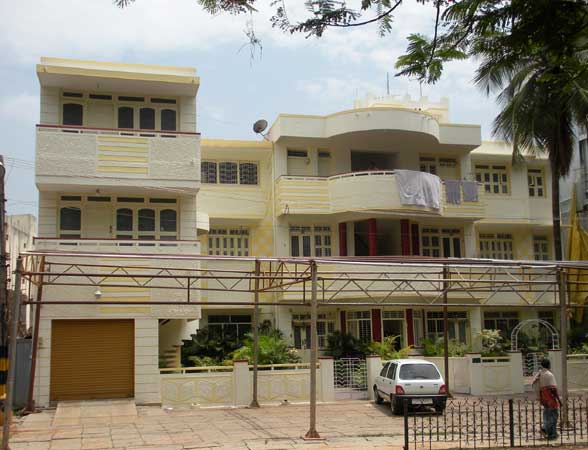

But what about mobility?
These Indian cities would earn a poor rating for walkability. Real sidewalks, when they exist, usually have uneven pavement, that is strewn with rocks and pavement chunks, and occasionally with gaping holes. In other cases they may stop abruptly, causing the pedestrian to detour into out into traffic or maybe a muddly street.
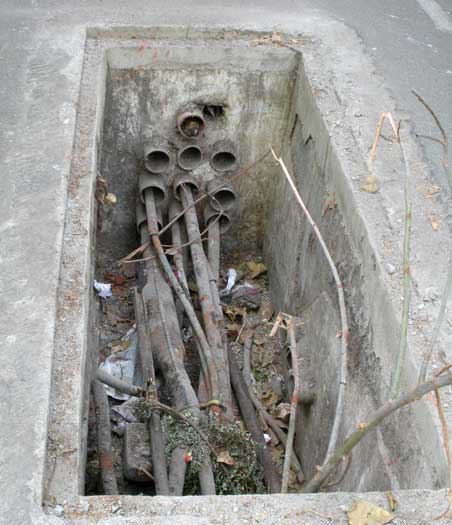
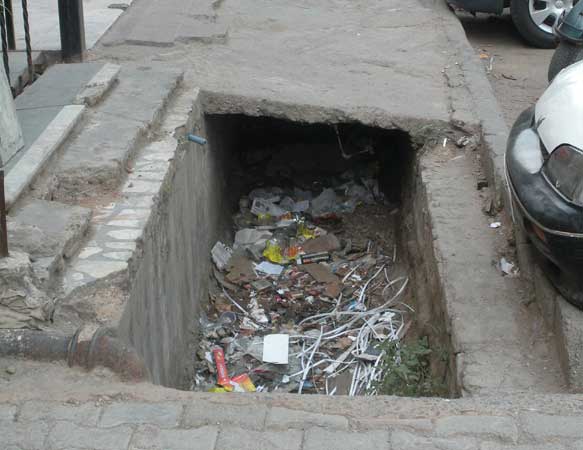
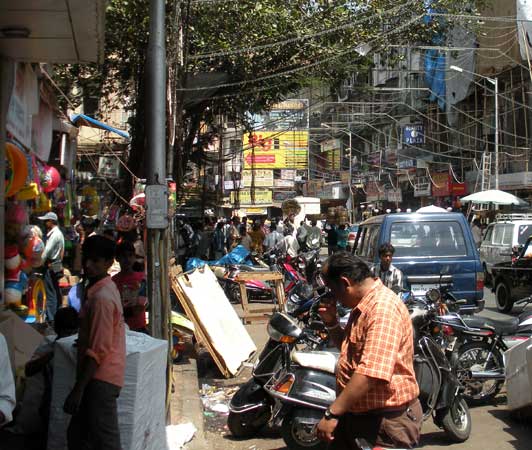
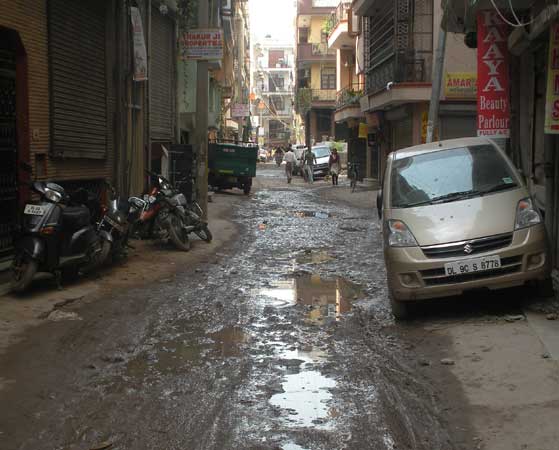
In places where they are in better condition, they are often blocked by street vendors, parked vehicles or maybe even a 'sidewalk cafe'.
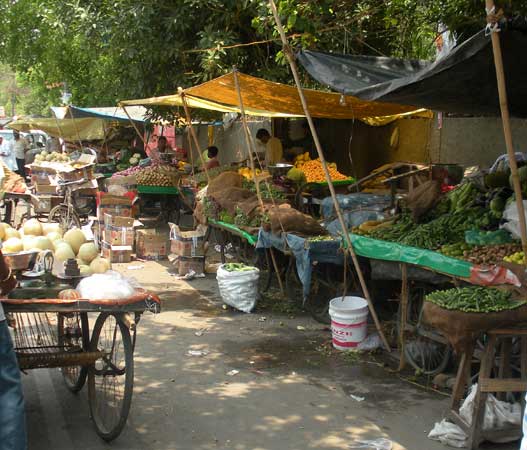
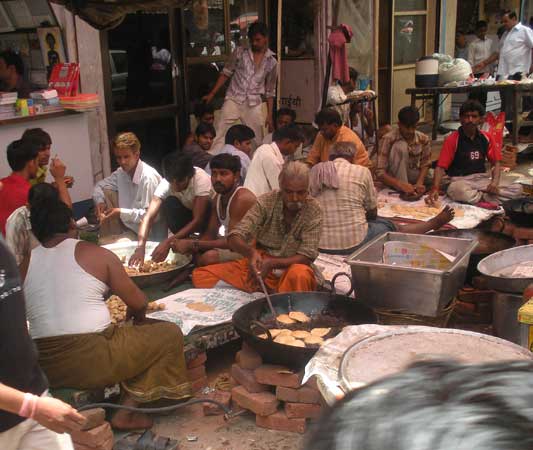
Before proceding, we should acknowledge that not all of India has bad sidewalks. There are places where one can find nicer sidewalks, and they are such pleasant relief when one finds them. Over time we hope they will become more the norm.
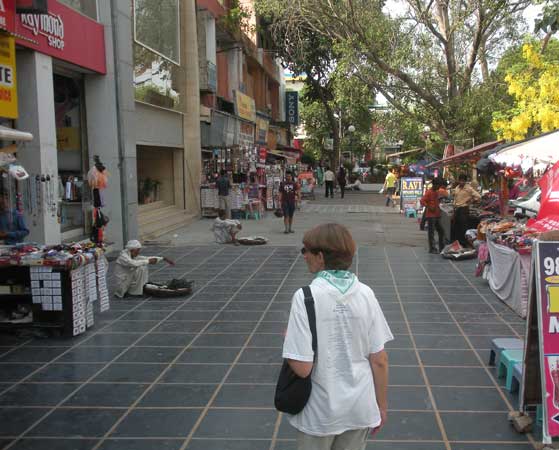
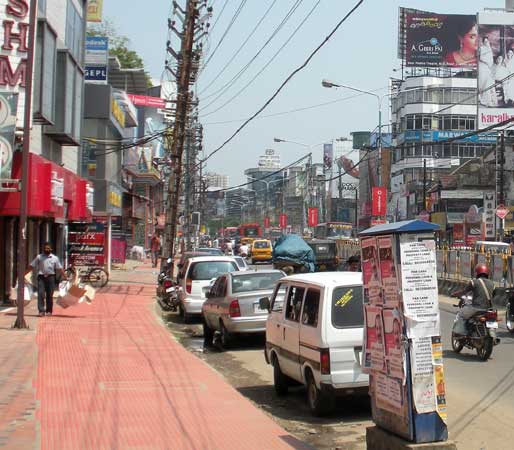
Hence, the pedestrian environment is not very pleasant and, if one is not very careful, unsafe, with the result that few people choose to walk even short distances. Potential pedestrians are therefore forced into cars, buses and rickshaws, which we feel is unfortunate, both for the reduced lifestyle and the increased vehicle use. India is certainly not the only country where pedestrians have lost out in the competition with vehicles for priority, but it is the most consistent!
These cities would get a higher rating for public transport. The buses on any main road are frequent and ridership is high. Yet the experience may be less than pleasant as most buses are old and while mechanically sound (we hope) have well worn seats and few passenger comforts. They are usually quite crowded, with standees almost always in evidence. For an outsider not familiar with the routes, the buses are a not a viable option as it is very difficult to learn where they go, but for the locals they seem to provide a workable, economical and fairly efficient way to get around.
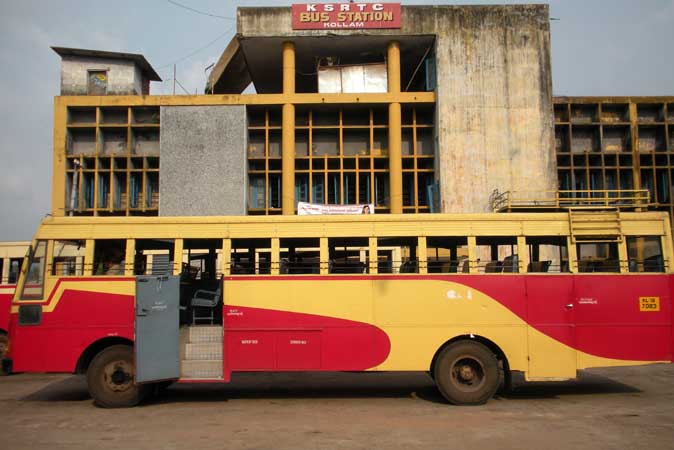
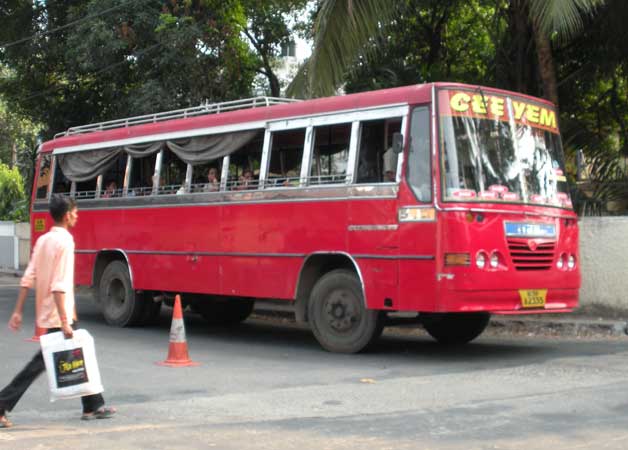
Three-wheeled auto rickshaws are the other public transport option, serving as a substitute for a 'personal vehicle' for many people. People use them for any imaginable trip, from shopping to traveling to work or to school or for moving business or household goods. We often saw whole families of as many as 6 or more people piled in them. Every Indian city has thousands on the streets, so that one is almost always in sight and can be hailed at a moment's notice. We used them for most all of our travels in the cities, even with our luggage. Riding in this smaller vehicle amongst the buses and trucks may seem a bit daunting, but we never felt in danger, as they are a large part of the traffic flow and very maneuverable.
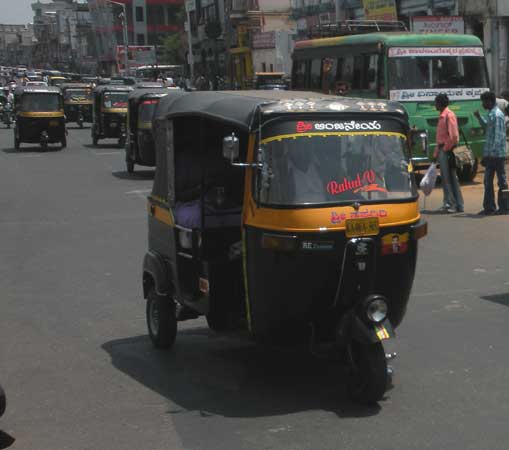
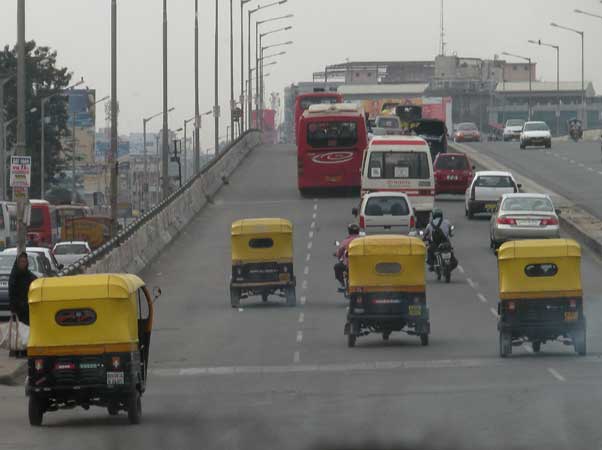
Love Takes a Bit Longer
After the first impressions had passed, we warmed to Indian city life. We came to love the vibrant street life, the organic, eclectic, diverse mix of land uses on every block, the easy mobility provided by the dozens of auto rickshaws whose drivers are ready, even insistent, to take you anywhere, the high concentration of cafes, restaurants and sidewalk vendors serving fresh, hot food, snacks and freshly made juices, the shops, stalls and malls offering anything you might possibly want. While certainly different than most western cities, a more truly, thoroughly, completely urban environment one cannot imagine.
So, we have concluded that our very Western, developed nation focused, Principles of People Friendly Cities are not totally applicable in India. But what should we do?
Perhaps we need to modify the Principles!
Click here to return to Our Revisiting India - 2009 page
![]()